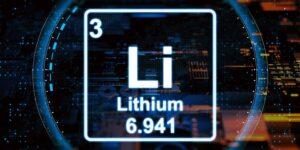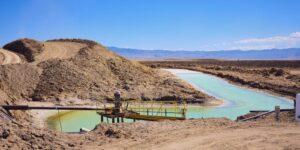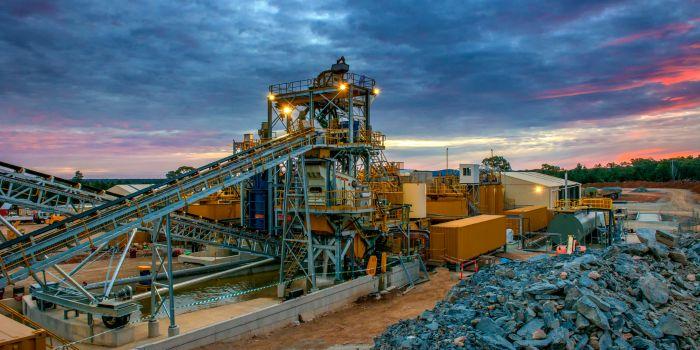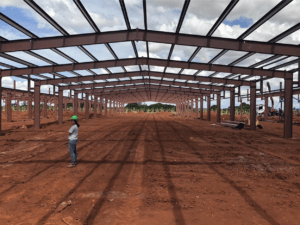Lithium Mining, Lithium refinery, Lithium processing plant, Battery plant, Battery manufacturing plant… all buzz words in this day and age.
 As the world shifts towards renewable energy and EVs, or electric vehicles, the demand for lithium, a key component in lithium-ion batteries, has skyrocketed. As a result, the lithium mining industry has seen significant growth in recent years.
As the world shifts towards renewable energy and EVs, or electric vehicles, the demand for lithium, a key component in lithium-ion batteries, has skyrocketed. As a result, the lithium mining industry has seen significant growth in recent years.
In this article, we will take a closer look at the construction process involved in the lithium mining industry.
Lithium Mining, Site Selection
The first step in the construction process is site selection. Lithium deposits are primarily found in brine deposits and hard rock deposits. Brine deposits are typically found in salt flats or salt pans, while hard rock deposits are usually found in igneous rock formations. Site selection is a critical step as it can affect the feasibility of the project, the cost of construction, and the efficiency of the mining operation.
Preparation of the Site
Once a suitable site has been identified, the next step is to prepare the site for construction. This involves clearing the land, leveling the surface, and building access roads. Depending on the location of the site, this can be a challenging task due to several factors, including harsh weather conditions, difficult terrain, or limited infrastructure.
Building Infrastructure
The next step is to build the necessary infrastructure. This includes constructing the mine facilities, such as the lithium processing plant, and building the necessary infrastructure for power and water supply. The infrastructure must be robust and reliable to ensure the smooth operation of the mine.
Lithium Mining Processing Plant
One way to improve the efficiency of building a lithium processing plant or lithium mining facilities, is by using prefabricated steel buildings. These buildings offer several advantages, including reduced construction time and costs. Prefabricated steel buildings are designed off-site, manufactured to exact specifications, and delivered to the construction site for assembly. This process eliminates the need for on-site fabrication and significantly reduces the amount of waste generated during the construction process. Additionally, prefabricated steel buildings are durable, energy-efficient, and can be easily modified or expanded in the future. By using industrial prefabricated steel buildings in the construction of lithium mining plants, companies can improve efficiency, reduce costs, and minimize their environmental impact.
Mining Operations
Once the infrastructure has been constructed, the actual mining operations can begin. The process of lithium extraction can vary depending on the type of deposit being mined. In brine deposits, the lithium is extracted by evaporating the brine, while in hard rock deposits, the lithium is extracted through mining and chemical processing. The mining process can be complex and requires specialized equipment and skilled workers.
Environmental Considerations
The construction process of a lithium mine must also take into account environmental considerations. The mining process can have significant environmental impacts, including water usage, waste generation, and land disturbance. To mitigate these impacts, mines must implement measures such as water recycling, waste management, and land reclamation.
 The construction process of a lithium mine is a complex undertaking that requires careful planning, specialized equipment, and skilled workers. Site selection, preparation, building infrastructure, mining operations, and environmental considerations are all essential steps in the process. As the demand for lithium continues to grow, the construction of new lithium mines will play a vital role in meeting the world’s energy needs.
The construction process of a lithium mine is a complex undertaking that requires careful planning, specialized equipment, and skilled workers. Site selection, preparation, building infrastructure, mining operations, and environmental considerations are all essential steps in the process. As the demand for lithium continues to grow, the construction of new lithium mines will play a vital role in meeting the world’s energy needs.




